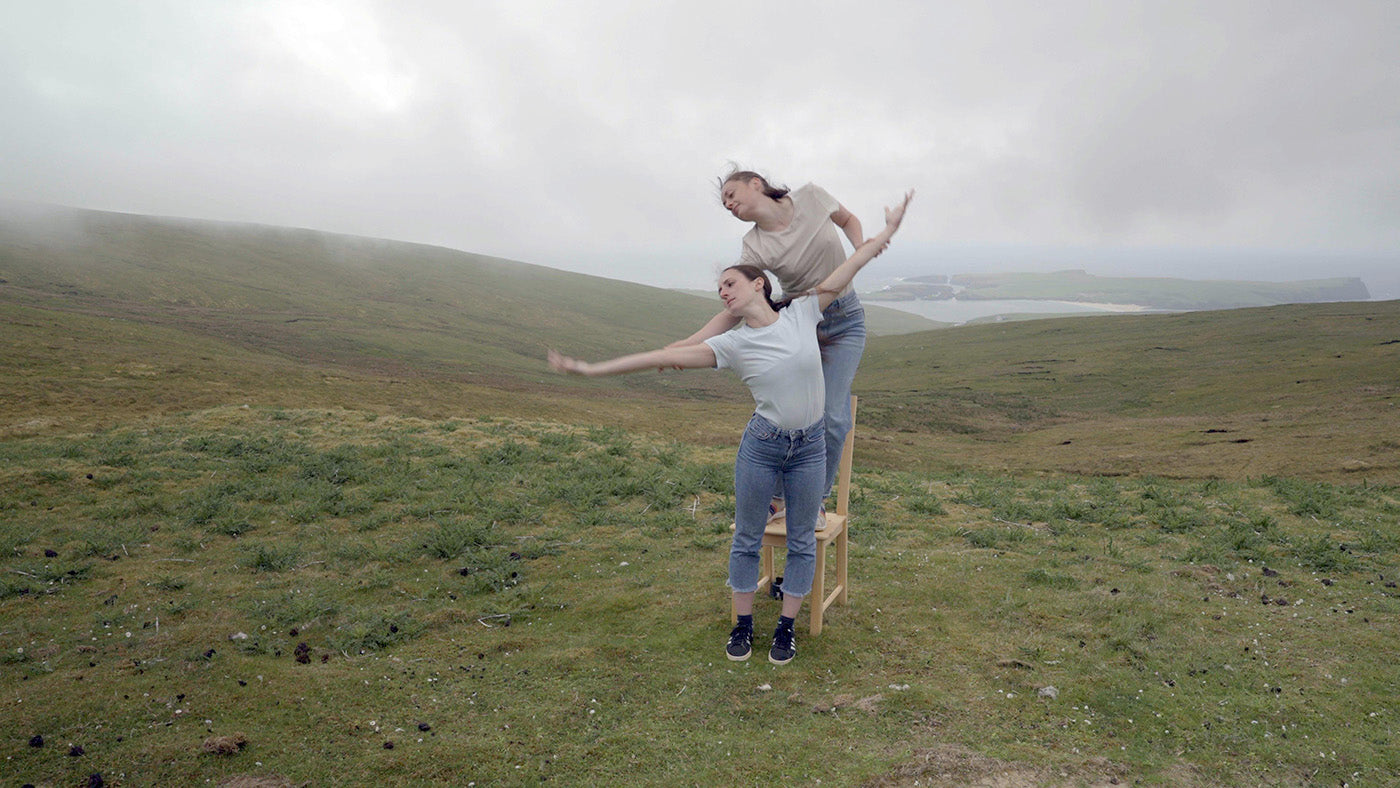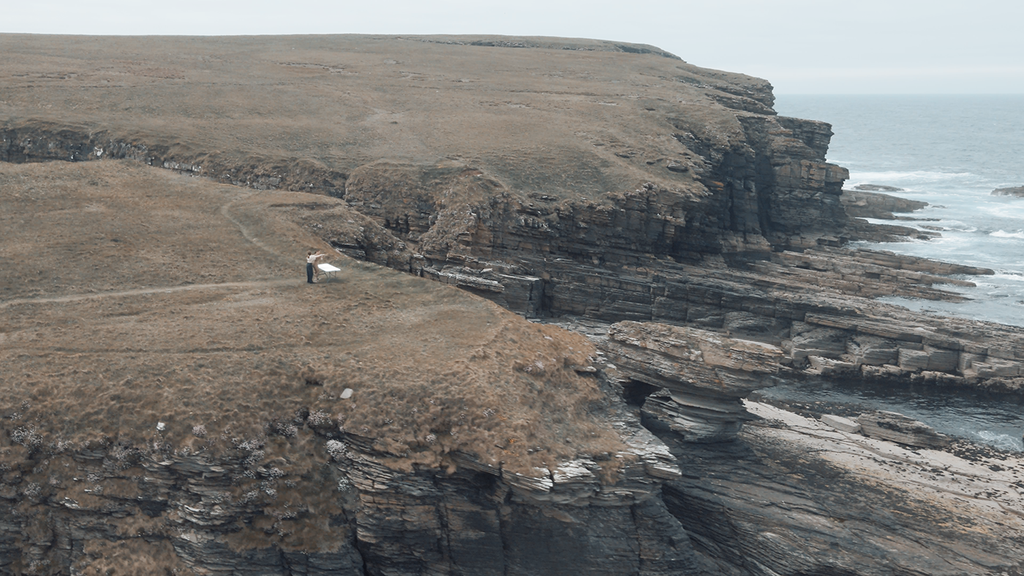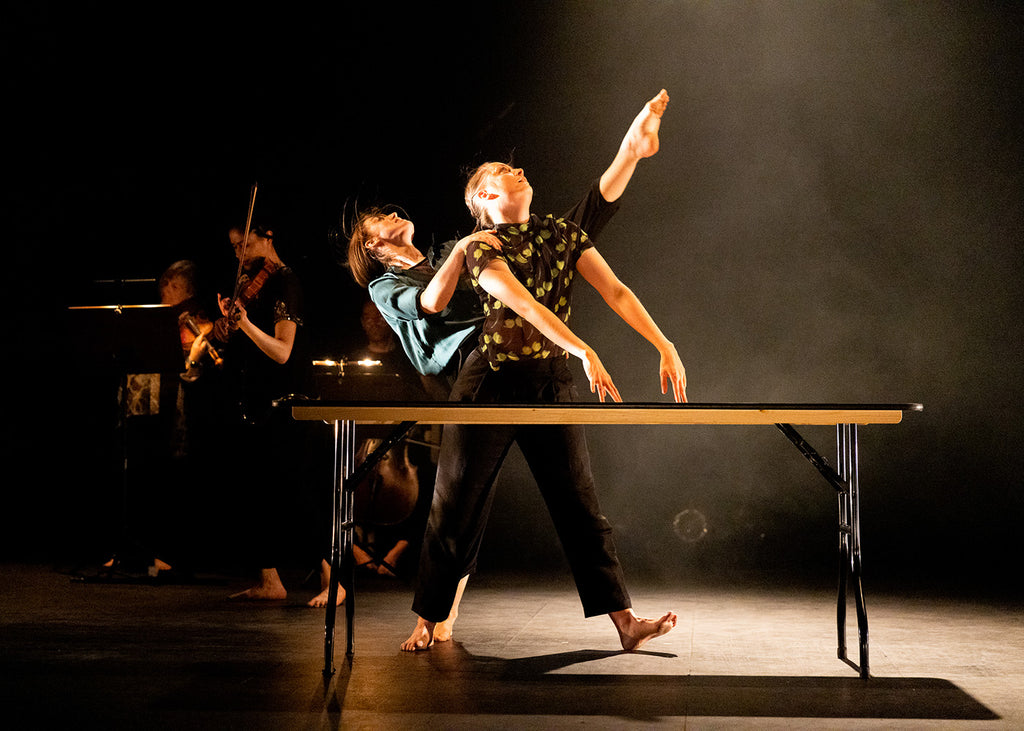Ultimate Release
Perhaps not since Mikhail Fokine’s 1905 iconic “The Dying Swan” has there been as haunting a solo dance depiction of avian death as Aakash Odedra Company’s “Songs of the Bulbul” (2024).
Continue Reading
World-class review of ballet and dance.
A few years ago, I had the pleasure of catching a perfectly shaped, humorous dance vignette of two dancers with two chairs, set to the first movement of Bach’s Violin Concerto in A minor. It was both playful and choreographically complex. This duet has since, in the words of its choreographer Katie Armstrong, grown arms and legs. “Sketches” now encompasses four dancers performing the whole concerto, intertwined with specially composed sound from DJ, composer and improviser Mariam Rezaei and performed live by a string quintet. There is also a concurrent film project, which has been both created within and shown throughout this last tour throughout Scotland. Sounding complex? Well, funnily enough . . .



Perhaps not since Mikhail Fokine’s 1905 iconic “The Dying Swan” has there been as haunting a solo dance depiction of avian death as Aakash Odedra Company’s “Songs of the Bulbul” (2024).
Continue ReadingDance, at its best, captures nuance particularly well, allowing us to feel deeply and purely. In its wordlessness, it places a primal reliance on movement and embodied knowledge as communication all its own. It can speak directly from the body to the heart, bypassing the brain’s drive to “make sense of.”
Continue Reading“Racines”—meaning roots—stands as the counterbalance to “Giselle,” the two ballets opening the Paris Opera Ballet’s season this year.
Continue Reading“Giselle” is a ballet cut in two: day and night, the earth of peasants and vine workers set against the pale netherworld of the Wilis, spirits of young women betrayed in love. Between these two realms opens a tragic dramatic fracture—the spectacular and disheartening death of Giselle.
Continue Reading
comments